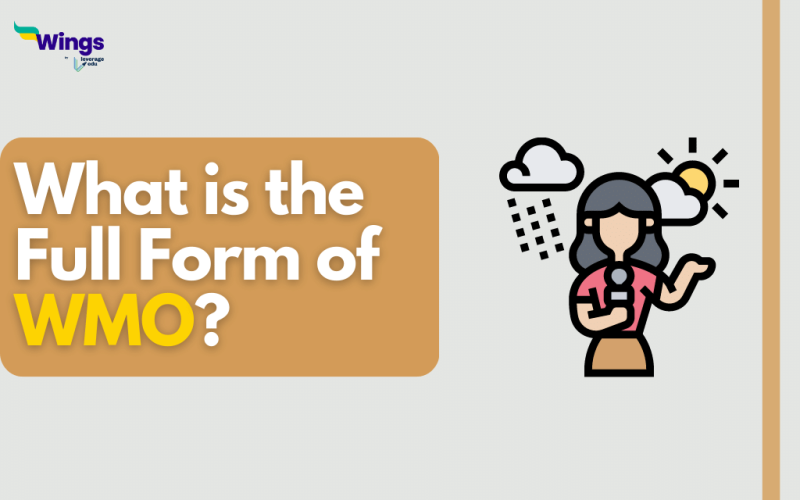The WMO full form is World Meteorological Organisation. The World Meteorological Organisation (WMO), comprised of 193 states and territories, supports the open exchange of information, data, and research among its members’ respective meteorological and hydrological agencies. The United Nations Specialised Department promotes worldwide collaboration in atmospheric research, hydrology, climatology, and geophysics.
The World Meteorological Organisation (WMO) is governed by the World Meteorological Congress, which has its headquarters in Geneva, Switzerland. It creates policies and objectives every four years. The Executive Council, which is in charge of the Congress, is controlled by the President, who is now German leader Gerhard Adrian.
History WMO
Table of Contents [show]
- The WMO was established by the International Meteorological Body, a non-governmental organisation founded in 1873 as a venue for exchanging information regarding climate change.
- The 1947 World Meteorological Convention, which proposed the World Meteorological Organisation, prompted proposals to change the IMO’s position and purpose.
- The World Meteorological Institution (WMO) commenced activities as an intergovernmental institution inside the United Nations system the year before the Convention entered into force on March 23, 1950.
Also Read: How to Become a Meteorologist?
The primary responsibilities of the WMO
- WMO’s work is to provide Member States with technology and scientific systems for weather, climate, and water-related services and information. The following are some of the WMO’s primary objectives:
- Improve and promote the development and maintenance of weather and meteorological data-sharing systems.
- promoting meteorological and climate observation standardisation
- Increase the application of meteorology in industries such as shipping, agriculture, and water management.
- Encourage collaboration among hydrological and meteorological services, as well as hydrological activities.
- Encourage meteorology and related research and training programmes.
- Participate in the development of global and national water, weather, and climate policies.
Also Read: World Meteorological Day 2023
This was all about WMO full form. Visit our Full Form Page to discover more intriguing articles about full forms. You can also check out the consolidated 300+ full forms list!
 One app for all your study abroad needs
One app for all your study abroad needs















 45,000+ students trusted us with their dreams. Take the first step today!
45,000+ students trusted us with their dreams. Take the first step today!
